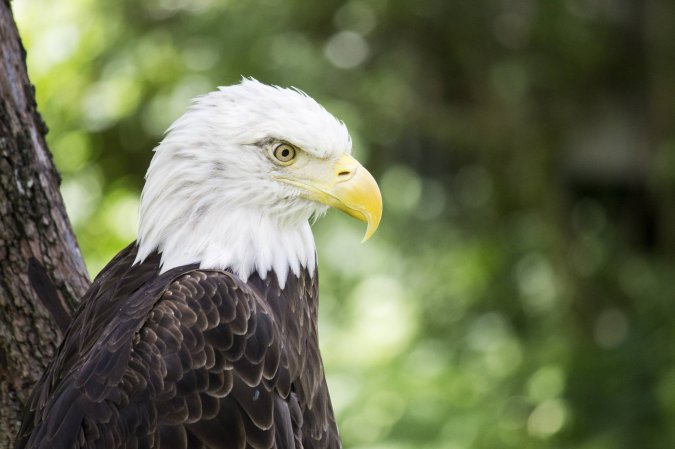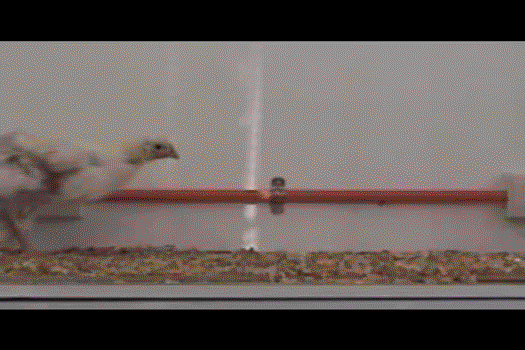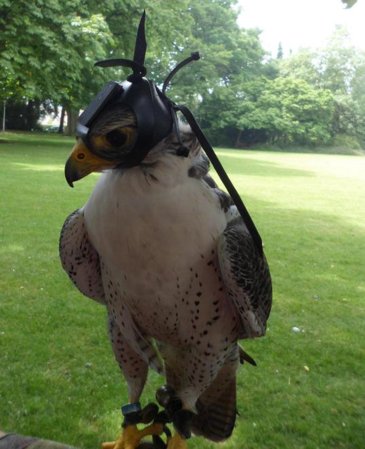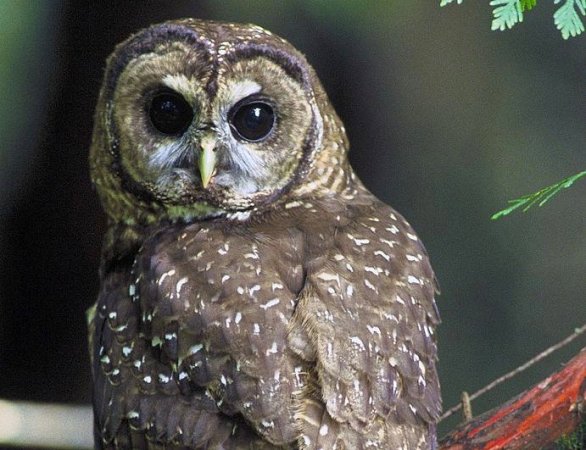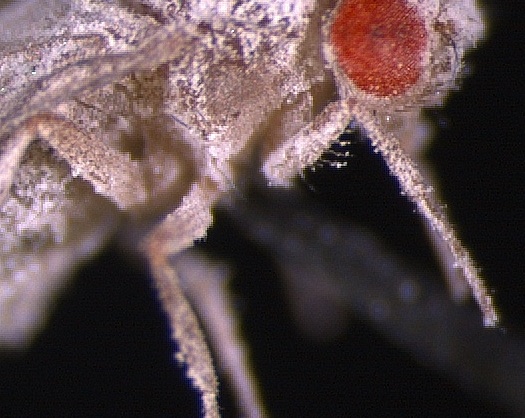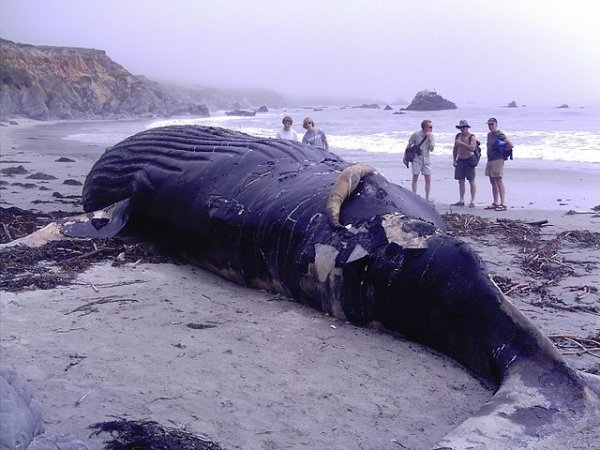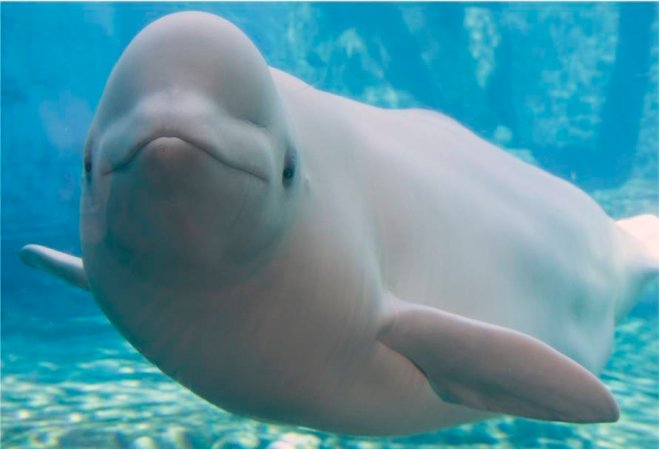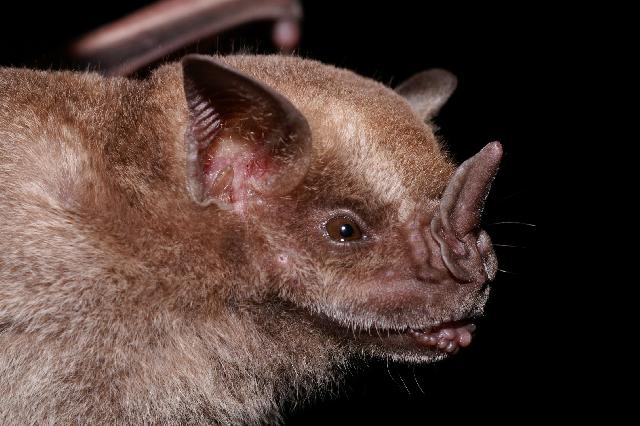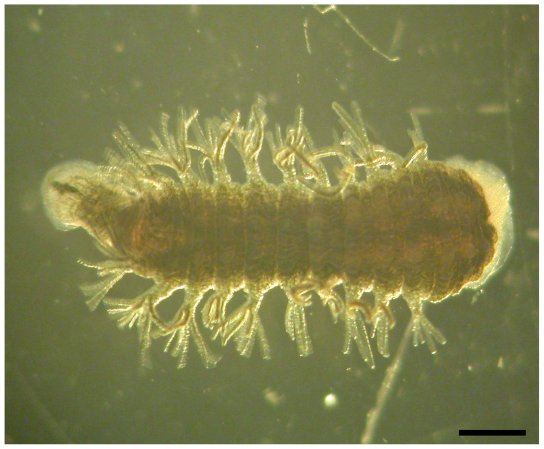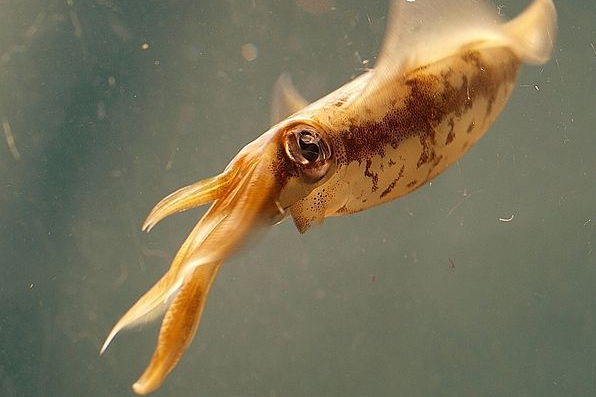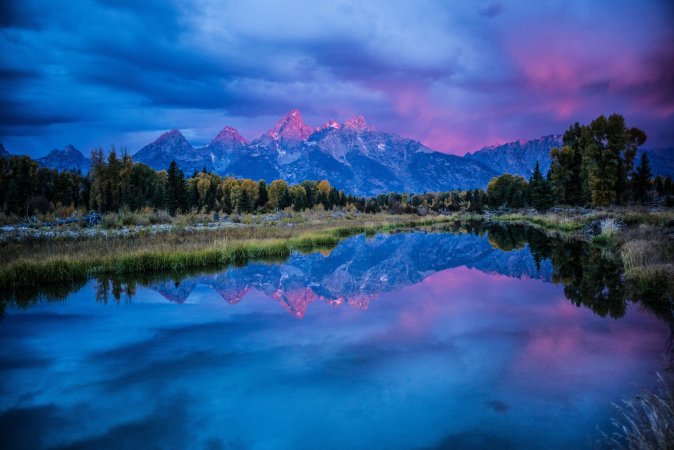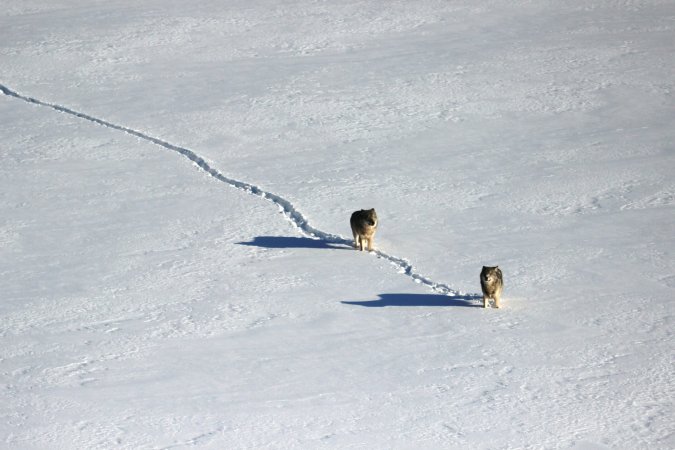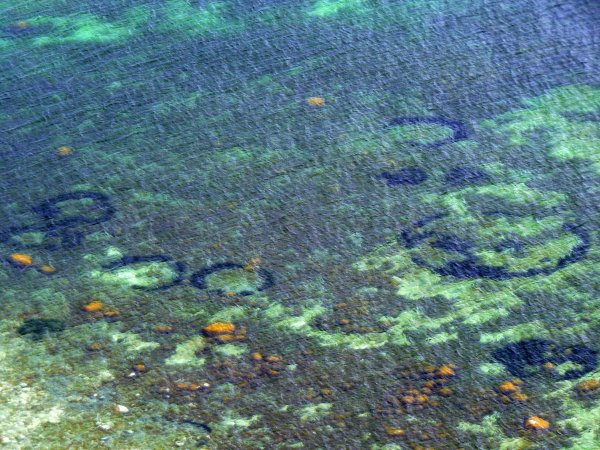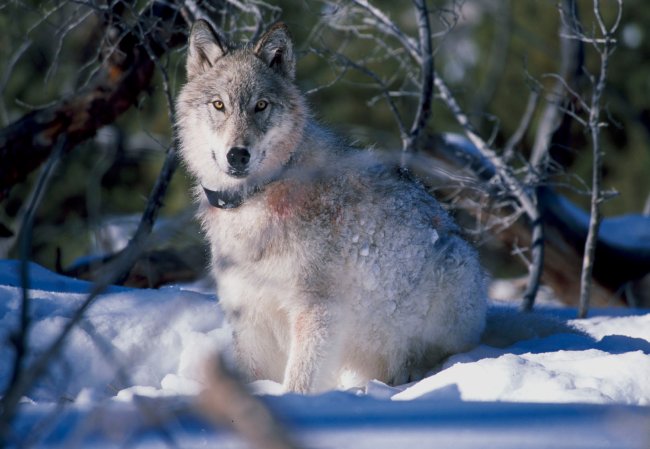

Wolves! Moose! How do they interact? The world’s longest-running predator-prey study, ongoing since 1958 on Lake Superior’s semi-isolated Isle Royale, has provided invaluable insight into the populations of these animals and how their numbers vary in relation to each other. Without wolves, for example, moose overpopulate and eat trees, as noted in Nature:
Moose eat balsam fir trees. When the moose population expands, unchecked by predation, fewer fir seedlings can grow large enough to ‘escape’ into the canopy above the reach of moose and reproduce. There is already a missing generation of trees from between about 1910, when the moose arrived on the island, and 1940, when the wolves came. Most of Isle Royale’s balsam firs are thus either older than 100 years and near the end of their lives, or young and short enough to be browsed to death.
In other words, wolves are vital for the proper function of the ecosystem as we know it (something that has been shown over and over again, whether the top predator is wolves, lions or sharks).
But there’s a problem: the wolves are in trouble. So far this year, only 10 have been counted in aerial surveys. This is primarily because the population has suffered from inbreeding, being isolated from other groups of wolves on the mainland. The last outside wolf to arrive was a male, who came via an ice bridge in 1997, providing a much-needed boost of genetic diversity, siring 34 pups.
For the second time since 1997, a 15-mile ice bridge has once again formed, connecting the island with land and offering a stray wolf or wolves a chance to reach the island, or to allow the wolves on the island to wander off. But nobody knows what will happen.
The decline of Isle Royale’s wolves has initiated a debate among scientists–what to do? Should wolves be imported to add much-needed genetic diversity? Or should wolves just be allowed to die out? Many say that a “watch and wait” policy is the best for now–perhaps a wolf or two will arrive naturally, and add some diversity to the island.
But if that doesn’t happen, scientists are divided on what to do. Some suggest letting nature take its course. However, it’s not like wolves haven’t been impacted by humans, even on the island. Dozens were killed by a virus linked to domestic dogs in the 1980s, for example, and in 2012 three wolves were found dead in an abandoned mine pit.
To learn more about the controversy and the details of the iconic study, read the story at Nature. And for a firsthand story of one scientist’s work on the island, check out this long feature at the Lansing State Journal.
